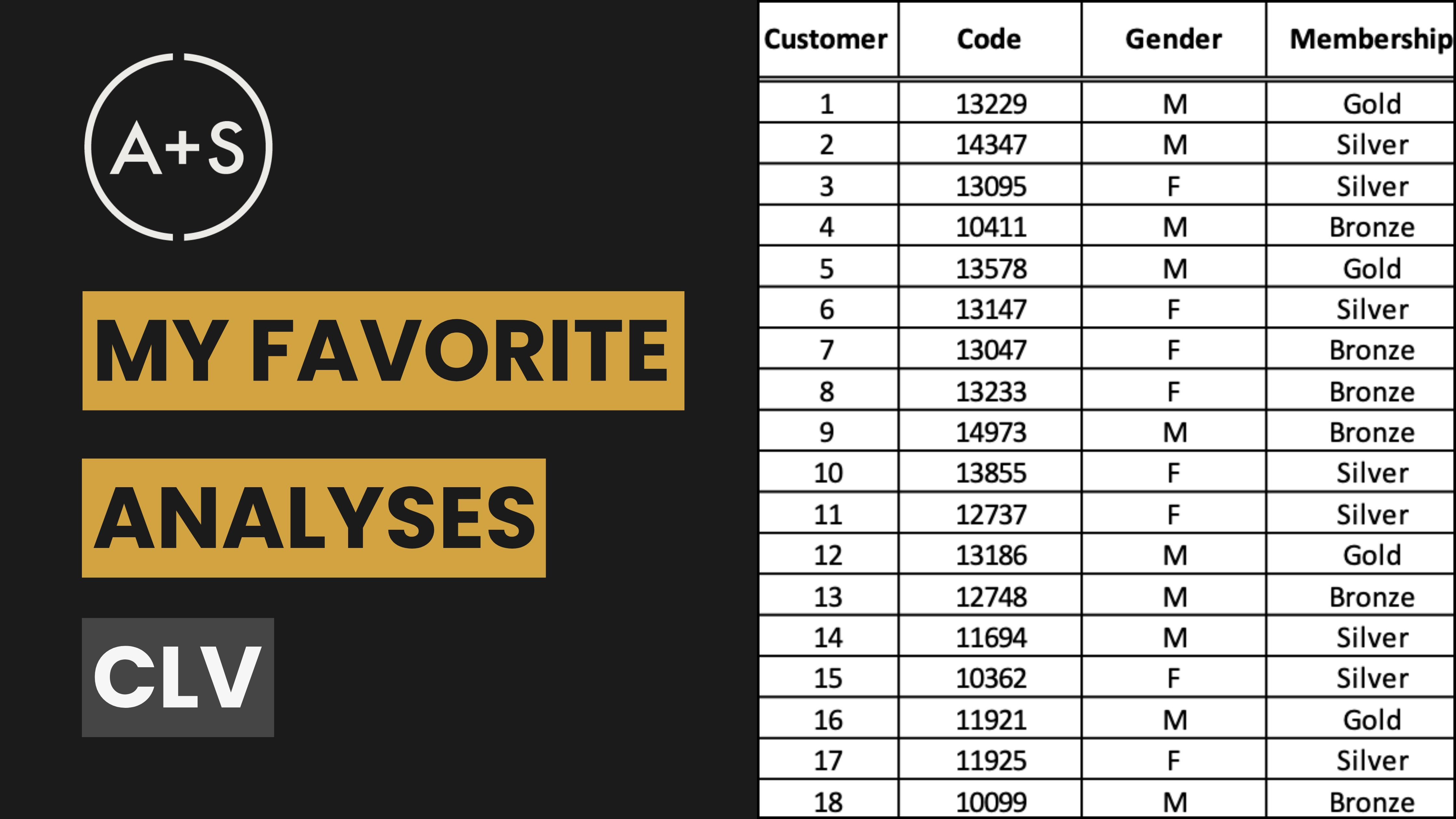Think about the last brand that really caught your attention online. Was it their compelling story, how they interacted with customers, or simply how easy it was to find exactly what you needed? In today’s world, those digital touchpoints are more than just marketing – for many consumers, they effectively are the brand. Indeed, data consistently shows that a majority of initial brand interactions and research now occur online.
The truth is, the digital revolution hasn’t just offered new tools. It has fundamentally reshaped the landscape of how brands are built, perceived, and experienced. If your brand strategy hasn’t evolved with it, you might be speaking an outdated language.
This week, let’s explore these critical shifts, with real-world examples, to help you assess if your brand is truly future-ready.
The Big Shift: From Brand Monologue to Multi-Voice Dialogue
The old model of brands broadcasting a one-way message is long gone. The digital era ushered in a more complex, interactive, and transparent environment.
- You’re No Longer the Sole Author: The most significant change? Brands no longer have exclusive control over their narrative. Your brand’s story is now co-authored in real-time by your company, your customers, and cultural commentators. Think of how Wendy’s sassy Twitter persona wasn’t just a corporate decision but evolved with audience interaction. Or how fans create entire wikis and discussion forums around beloved game franchises. This shift means tracking metrics like share of voice for brand vs. user-generated content and analyzing sentiment become crucial for understanding brand perception.
- Navigating the Media Maze: Brand building isn’t done with a TV ad and a print spread anymore. Brands now juggle TikTok, Instagram, YouTube, podcasts, newsletters, and influencer collaborations. A brand like Nike uses Instagram for stunning visual storytelling and athlete highlights, while their Nike Training Club app offers deep, interactive engagement, creating a multi-layered brand experience. Data tracks engagement, conversion rates, and ultimately, marketing ROI across these varied platforms to optimize the media mix.
- Radical Transparency & Empowered Consumers: Customers can research products, compare prices, and read reviews in seconds. If a product claim isn’t accurate, online communities will quickly expose it. Brands like Everlane build immense trust through their “Radical Transparency” initiatives, sharing details about their factories, cost structures, and sustainability efforts. Such openness (or when brands lack it) directly impacts brand credibility and is reflected in data points like online review scores or Net Promoter Scores (NPS).
These fundamental shifts underscore the critical need for brands to proactively shape their image in the digital realm. This involves strategically utilizing the diverse array of online channels available to build and manage brand presence.
Building Your Brand Online: Your Digital Ecosystem at Work
Effective digital channels build both brand equity and awareness, working together as an ecosystem.
- Your Digital Flagship (Website): This is your brand’s home base. Think of how Apple.com provides a clean, immersive experience that reinforces their brand’s focus on design and innovation. It should be user-friendly, informative, and mobile-responsive. Key website analytics, such as bounce rate, time on page, conversion rates for specific goals (like sign-ups or purchases), and user navigation paths, offer invaluable insights into its effectiveness.
- Search (SEO & Ads): Being easily to find when someone is actively looking for your brand is crucial. A local bakery optimizing for “best sourdough in [your city]” or a SaaS company running targeted Google Ads for specific software solutions are prime examples. Marketers track click-through rates (CTR) from Search Engine Results Pages (SERPs), organic ranking for target keywords, and conversion rates from this traffic to measure SEO and SEM success.
- Social Media: It’s a two-way street for conversation, community building, and showcasing brand personality. Duolingo’s hilarious and slightly unhinged TikTok presence has made language learning feel fun. Beyond follower counts, engagement rates (likes, comments, shares per post), audience growth, and click-throughs to your website help measure real impact.
- Content Marketing (Blogs, Videos, Podcasts): This is about earning trust by providing genuine value. HubSpot built its reputation by offering extensive free resources (blogs, ebooks, courses) for marketers, establishing themselves as a thought leader. Its success can be measured through leads generated, time spent with content, share rates, and even improvements in search rankings from earned backlinks.
- Email Marketing: A direct line to your audience for personalized messages, offers, and nurturing customer relationships. Sephora’s personalized product recommendations and birthday gifts via email foster loyalty. Metrics like open rates, click-through rates (CTRs), and conversion rates from email campaigns are vital, as is analyzing the performance of different audience segments.
- Influencer Marketing: Collaborating with credible voices can introduce your brand to engaged, niche audiences. A beauty brand partnering with a respected makeup artist on YouTube for a tutorial is a classic example. Success here can be measured through reach, engagement on influencer posts, referral traffic (using UTM parameters), and even attributed conversions.
Having these channels in place is foundational, but simply broadcasting messages isn’t enough to cut through the noise. The real magic happens when brands move beyond mere presence to foster genuine connections and participation with their audience.
Beyond Likes: Cultivating True Digital Engagement
Genuine engagement goes far beyond vanity metrics. It’s about creating meaningful interactions and participation. For analysts, this means focusing on metrics that indicate deeper connection, like comment sentiment, user-generated content volume, or active participation rates in brand initiatives.
- Nurturing Online Communities: Brands can foster spaces where customers connect with each other and the brand. Peloton’s vibrant Facebook groups, where users share achievements and motivate each other, have become a powerful extension of their brand. Success can be tracked via active member rates, post frequency by users, overall community sentiment, and even the rate at which support questions are answered by the community itself.
- Inviting Co-Creation: Involving your audience can build deeper investment. LEGO Ideas, where fans can submit designs that could become official sets, is a brilliant example of co-creation that strengthens community and brand loyalty. The impact can be seen in data such as the number of submissions, audience engagement with co-created content, and shifts in brand perception surveys.
- Authenticity is Key: Brands that try too hard to be trendy or whose messaging feels inauthentic can face backlash. True engagement stems from a genuine voice and a clear understanding of your audience. Qualitative data from social listening tools can reveal perceived authenticity, while A/B testing different messaging tones can provide quantitative feedback.
Achieving authentic engagement requires a deep understanding of your audience and a commitment to providing real value. For inspiration on how this can be woven into a brand’s DNA from the ground up, it’s insightful to look at a new breed of companies that were born in this digital-first environment — the DNVBs.
Learning from the New Guard: The Rise of Digitally Native Vertical Brands (DNVBs)
Warby Parker (eyewear), Dollar Shave Club (grooming), and Allbirds (footwear) weren’t just early adopters; they were born digital. They typically sell direct-to-consumer, control their distribution, and manage the customer relationship end-to-end.
What traditional brands can learn:
- Laser Focus on a Niche: They often start by solving a specific problem for a specific audience exceedingly well.
- Data as a Strategic Asset: DNVBs leverage customer data to personalize experiences, refine products, and make informed business decisions. They meticulously track metrics like customer acquisition cost (CAC), customer lifetime value (CLV), and churn rates, using this data to fuel growth and profitability.
- Obsess Over Customer Experience: From the initial website visit to the unboxing experience (think Glossier’s pink bubble wrap pouches), every detail is curated to reinforce the brand. They collect and analyze data from every touchpoint — website clicks, email interactions, support tickets — to continuously refine the user experience and measure its impact on satisfaction and loyalty.
The success of DNVBs offers powerful lessons in agility, customer-centricity, and data utilization. Regardless of a brand’s origin, however, establishing a robust and coherent digital foundation is crucial for any company aiming to thrive today.
Your Digital Blueprint: Core Elements for a Resilient Online Presence
Whether you’re a startup or an established name, a strong digital foundation is essential. Here’s what you need:
- A User-Centric, Mobile-First Website: Given that most online traffic comes from consumers browsing on their phone, your site must perform flawlessly on smaller screens. Think of how Amazon’s mobile app streamlines the shopping and checkout process. Beyond aesthetics, this means closely monitoring mobile conversion rates, ensuring fast page load speeds (as data shows this heavily impacts bounce rates), and optimizing user flows.
- Intelligent SEO Strategy: Ensure you’re visible when potential customers search for relevant terms. This means consistently tracking keyword rankings, analyzing organic traffic growth, and measuring conversions originating from organic search to demonstrate ROI.
- A Consistent Content Engine: Like Red Bull’s transformation into a media house creating thrilling sports content, regularly producing valuable, relevant content keeps your audience engaged and reinforces your brand’s domain. Success is measured by tracking content engagement metrics, leads generated, and how effectively content influences progression through the sales or customer journey.
- Strategic Social Media Presence: Don’t just be on every platform; be active and engaging where your audience spends their time, tailoring your message to each platform’s strengths. This requires defining channel-specific KPIs, leveraging audience demographic data for precise targeting, and using social listening data to stay ahead of trends.
- Effective Email Marketing: Build your list and use it to deliver personalized value, not just promotions. Consistent A/B testing of subject lines, content, and calls-to-action, alongside measuring metrics like revenue per email, helps optimize this powerful channel.
Weaving these strategic threads together consistently is what transforms a collection of digital activities into a cohesive and powerful brand presence. This brings us to the core message about navigating branding in this dynamic landscape.
The Takeaway:
Branding in this digital era is an ongoing commitment, not a set-it-and-forget-it task. It requires being consistently present, authentically engaging, and strategically intentional across all your digital touchpoints.
Food for thought: As you look at your own brand’s digital footprint this week, ask yourself: Is every element working together to tell a cohesive story? Are we genuinely connecting with our audience where they are?
And how will you know? Data, of course! Analyzing customer journey paths, attribution models, and engagement patterns across touchpoints can provide these answers. If there are gaps, consider this your invitation to start strengthening those digital pillars.
Speaking of making connections, a strong digital presence sets the stage, but compelling storytelling is what truly captivates and engages an audience. Next week, we’ll explore exactly that: how to craft powerful brand narratives and use them to foster even deeper, more meaningful online engagement.
Until next time, Keep Analyzing!




